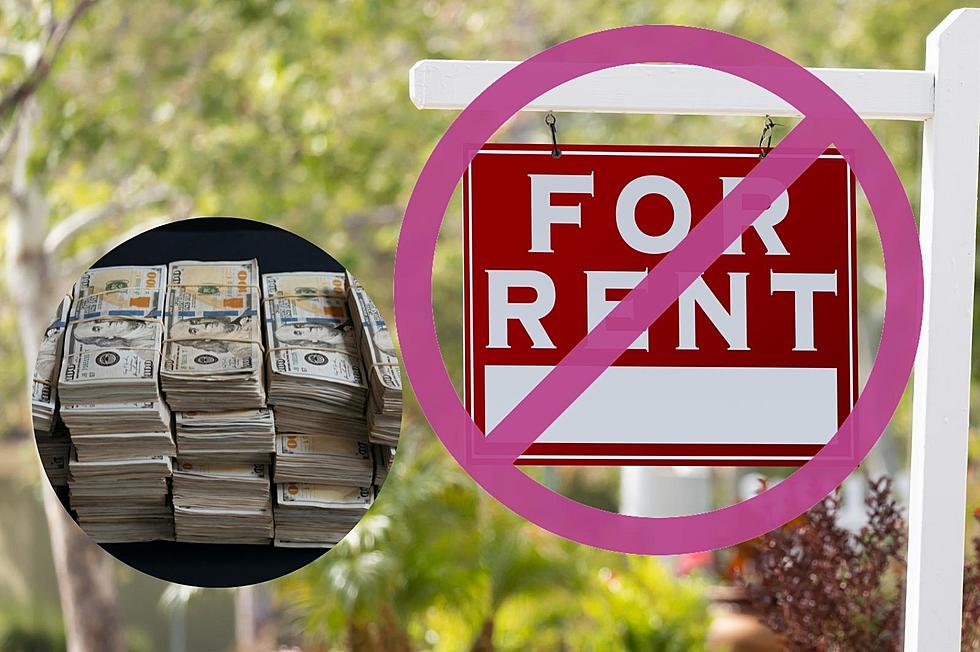
You Need at Least $15 an Hour to Make Rent In South Dakota
A report from the National Low Income Housing Collation says that to afford a modest two-bedroom apartment in South Dakota a person needs to make at least $15.46 an hour. That is our 'housing wage.'
The NLIHC calculates the housing wage – the hourly wage someone working full-time, 40 hours a week, would need to earn in order to afford a modest apartment without spending more than 30% of household income on rent and utilities.

READ MORE: How Much Money is Considered "Middle Class" in South Dakota?
<p>The <a href="https://reports.nlihc.org/oor/south-dakota" target="_blank">numbers for South Dakota</a> aren't quite so stark, but not great. In South Dakota, an hourly wage of at least $15.46 is required to afford a modest two-bedroom rental. </p><p> </p>
The report found that a full-time worker in America today must earn on average $24.90 per hour to do this. To afford a modest one-bedroom apartment in the United States, a full-time worker needs to earn $20.40 per hour on average.
In no state, metropolitan area, or county in the U.S. can a worker earning the federal or prevailing state or local minimum wage afford a modest two-bedroom rental home at fair market rent by working a standard 40-hour work week. -NLIHC
The numbers for South Dakota aren't quite so stark, but not great. In South Dakota, an hourly wage of at least $15.46 is required to afford a modest two-bedroom rental.
Someone in Sioux Falls would need to make at least $16.81 to afford that two-bedroom place. If they are getting the state minimum wage ($9.95/hr) it would take over 50 hours a week to earn a housing wage.
That's a full and part-time job in order to have a place to live. That's not including food, child-care, medical care, or transportation.
MORE: Skyrocketing Child Care Costs in South Dakota and Minnesota
Low-wage workers are not the only renters that struggle to afford their housing. Over 4.4 million renter households with incomes less than 50% of area median income have elderly heads of households not in the labor force. Over 1.7 million more have a householder with a disability out of the labor force, and approximately 800,000 are single-adult caregivers or in school. Low-income families with a variety of circumstances struggle to afford their rent. --NLIHC
You can see the full report and proposed solutions at nlihc.org.
(Source)
TRENDING FROM RESULTS-TOWNSQUARE MEDIA SIOUX FALLS
You Can Still Buy a House In South Dakota For Only $11,000
LOOK: See how much gasoline cost the year you started driving
More From KYBB-FM / B102.7









